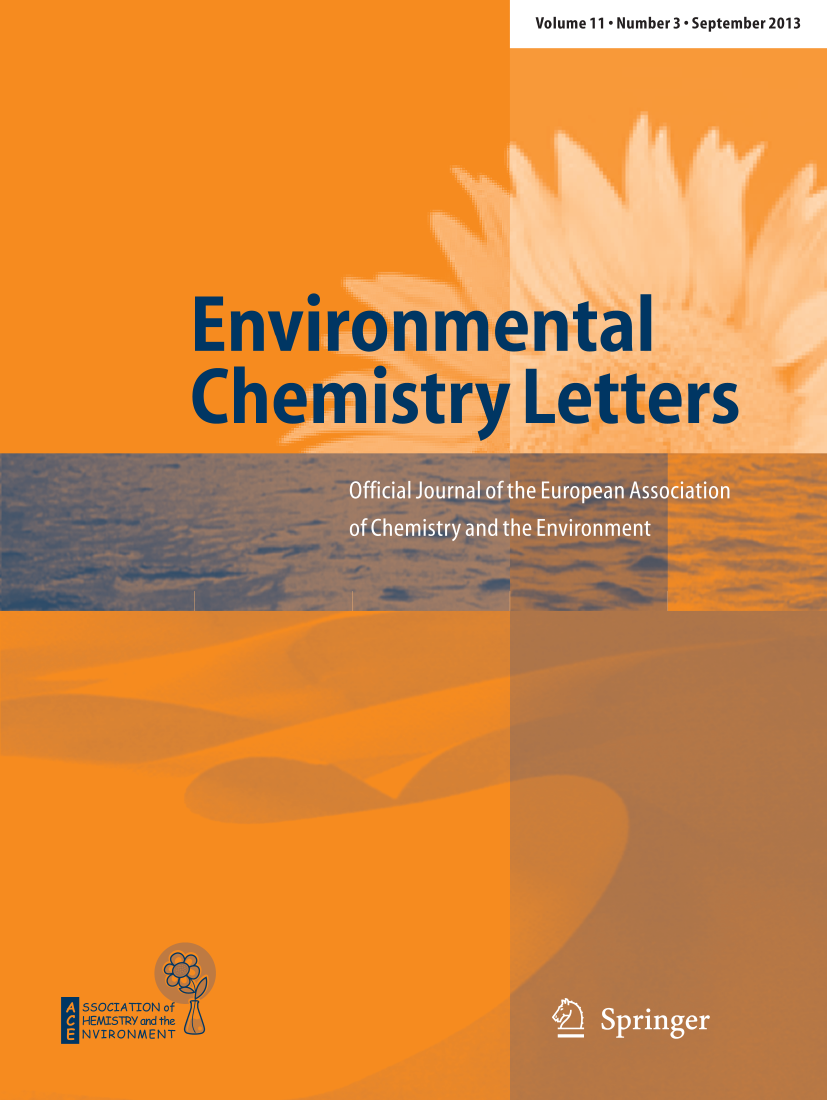The recent discovery of nanoplastics in most ecosystems is a major, yet poorly known health issue. Here, we review nanoplastics with focus on their presence in the environment, their methods of detection, and their impact on the nitrogen cycle. Nanoplastics are widely distributed in ecosystems; however, their real concentrations are not known due to the limitation of actual detection methods. Detection methods include techniques based on mass spectrometry, optical instruments, and total organic carbon. Total organic carbon-based methods involve first membrane filtration and oxidation as pretreatment, then the measurement of total organic carbon as the total concentration of nanoplastics. Total organic carbon-based methods are easy and cost-effective, compared with other methods. Nanoplastics negatively impact ecosystems and nitrogen removal. Nanoplastics can adsorb on microbial cell membranes then disrupt the membrane integrity. Nanoplastics can also induce oxidative stress. Nitrogen cycling is substantially inhibited by nanoplastics during laboratory tests.



